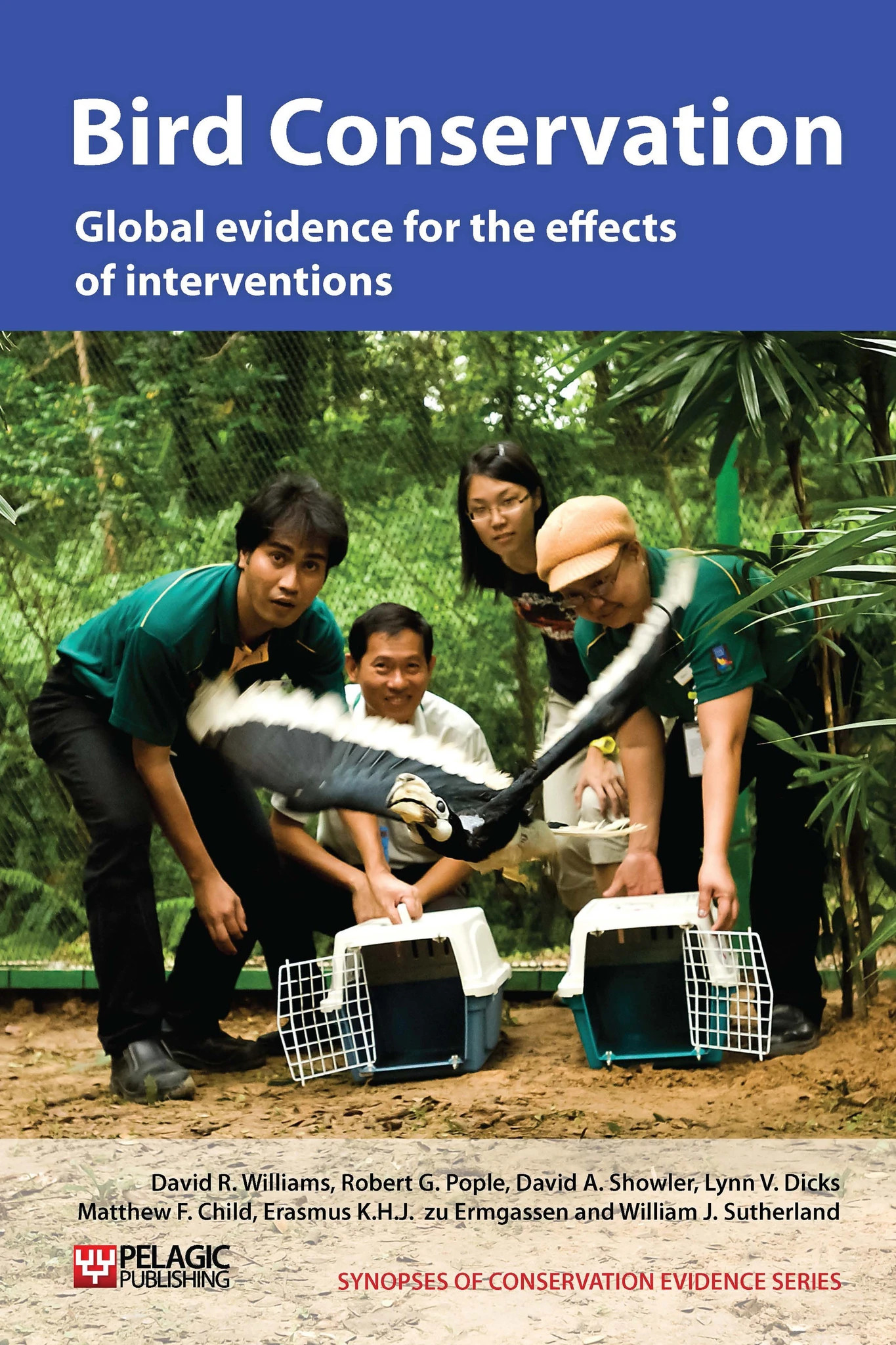Release captive-bred individuals into the wild to restore or augment wild populations of rails
-
Overall effectiveness category Unknown effectiveness (limited evidence)
-
Number of studies: 3
View assessment score
Hide assessment score
How is the evidence assessed?
-
Effectiveness
26% -
Certainty
16% -
Harms
0%
Study locations
Supporting evidence from individual studies
A replicated study on Lord Howe Island, Australia, in 1981-3 (Miller & Mullette 1985) found that captive-bred Lord Howe Island woodhens Tricholimnas sylvestris survived for up to two years in the wild (released after a pig Sus scrufa and goat Capra hircus control programme had been running for several years, see ‘Control mammalian predators on islands’). In addition, 19 wild-bred young were reared successfully. Before captive breeding, there were only three pairs known in the wild, which were transferred to captivity. In total, 57 birds were released over three years. This study also describes the captive-breeding efforts, discussed in ‘Use captive breeding to increase or maintain populations’.
Study and other actions testedA replicated study on North Island, New Zealand, in 1992-3 (Bramley & Veltman 1998) found that, of 17 North Island weka Gallirallus australis greyi released between October and March at a mixed habitat site, only one bird was alive more than seven months after release. Most individuals were killed by predators (mainly by domestic dogs Canis familiaris) and 12 individuals (71%) survived less than 50 days. Weka had small home ranges (average of 2.7 ha) and dispersed an average of only 1.3 km during the study.
Study and other actions testedA 2004 review of a corncrake Crex crex release programme in a wet grassland site in eastern England (Carter & Newbery 2004) found that only six chicks could be released into the wild in 2002 (due to predation in captivity), and that none was seen in the area the following year. From 140 eggs laid in 2003, 52 chicks were released during summer. Survival was apparently high, but data on overwinter survival and subsequent reproduction were not available. Captive birds were kept in a flock in autumn and winter and then paired off in the spring. Eggs were removed before hatching and incubated artificially. Once hatched, they were hand-fed until they could feed themselves and then released into a pen at the release site when ten days old before being released at 28 days old. This paper also discusses the translocation of red kites Milvus milvus to the UK, discussed in ‘Translocate individuals’.
Study and other actions tested
Where has this evidence come from?
List of journals searched by synopsis
All the journals searched for all synopses
This Action forms part of the Action Synopsis:
Bird Conservation
Bird Conservation - Published 2013
Bird Synopsis





)_2023.JPG)














